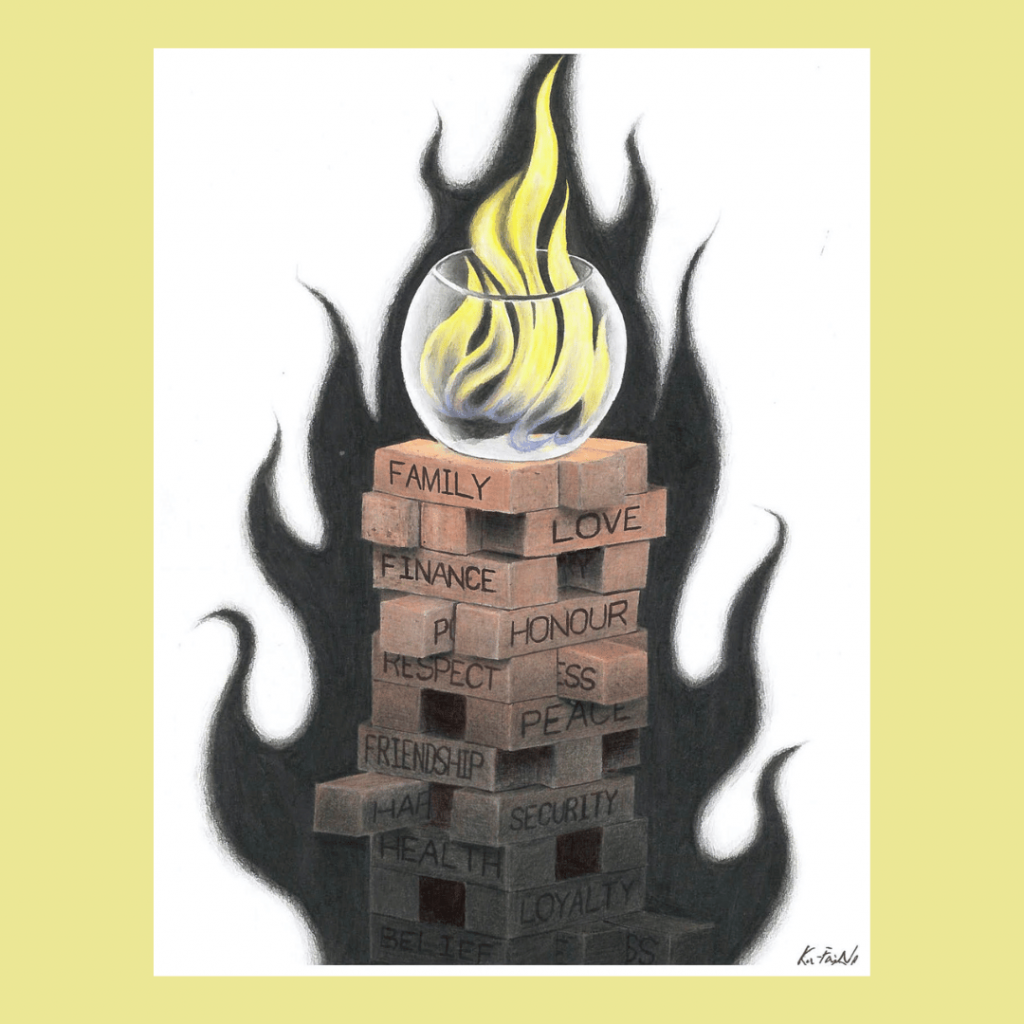Abolition 101

Abolition has a long history throughout the world. It is both the theory and action of eliminating repressive institutions and practices like slavery or the death penalty, and creating more just and liberatory ways of relating to each other. Today, abolition has expanded to many spaces of dispossession and violence, including border control and anti-immigration laws, child welfare and apprehensions, youth detention, school to prison pipeline, prisons and other forms of violence and control. Abolition seeks to dismantle the structures and logics that continue to be reproduced throughout current social and “criminal” justice arrangements, and to build or reclaim more supportive and effective ways of holding each other accountable and keeping each other safe. In other words, abolition is not just the tearing down of walls, but the building of communities and relations through constellations of resources, support, and accountability in a way that connects people rather than separating them. Justice is and needs many things.
Check out the following links for a deeper discussion of abolition in so-called Canada.
A discussion of prison abolition in Canada
A CBC news article on abolishing Canadian prisons
An Indigenous Abolitionist Study Guide

Representations of Justice by Ka-Fai Ng
Justice; a force demands both respect and fear, a structure is both strong and fragile, its definition is both simple and complex. In this drawing, I hope to show that 1) the justice that lies within our conscience (the flame; who we are,) 2) the justice of the world around us (the glass bowl; why we are), and 3) the justice we chose to build our lives upon (the jenga puzzle; how we are).
“The fire signified Justice in the most primitive form, a flame that burns within each one of use. No education required, no experience necessary. Justice is one of the rawest ingredients of our being. The instinct to be able to recognize what’s right and what’s wrong. A flame that gives warmth to the hurts, and provides light to guide the righteous; a flare that blinds and scourges the ones who dare to challenge.
The glass bowl; constructed with the law of man, social standards, religious beliefs, histories, parenting, and such; is used to contain this fire from burning wild. The degree of distortion varies according to the angles and aspects one chooses to view from. The opening at the top allows one to appropriate the true taste of the flame. Like doctors, justice is welcome when needed yet best to visit as infrequently as possible. Because wither in seeking or in receiving, more often than not, pain and suffering are involved. This bowl of fire is upheld by a combination of personal importance; in the form of jenga puzzle. Some are pieces are best to leave untouched; some pieces can be removed and reinserted; and some piece are discarded entirely. To prevent from collapsing and the long process of rebuilding, dedication, finesse, and hard work are essential to retain the stability of this structure.”
The black flame represents the injustice surrounding us.